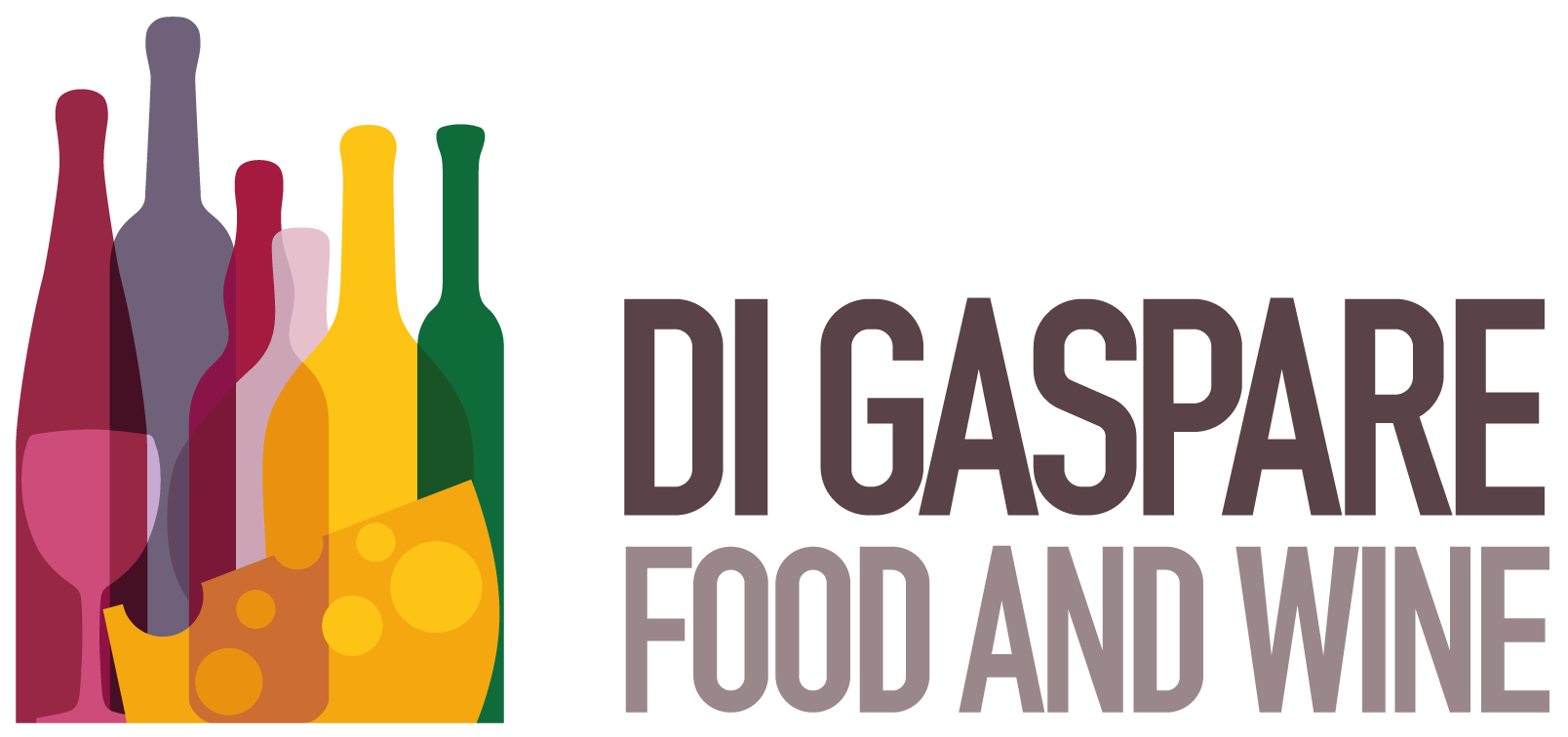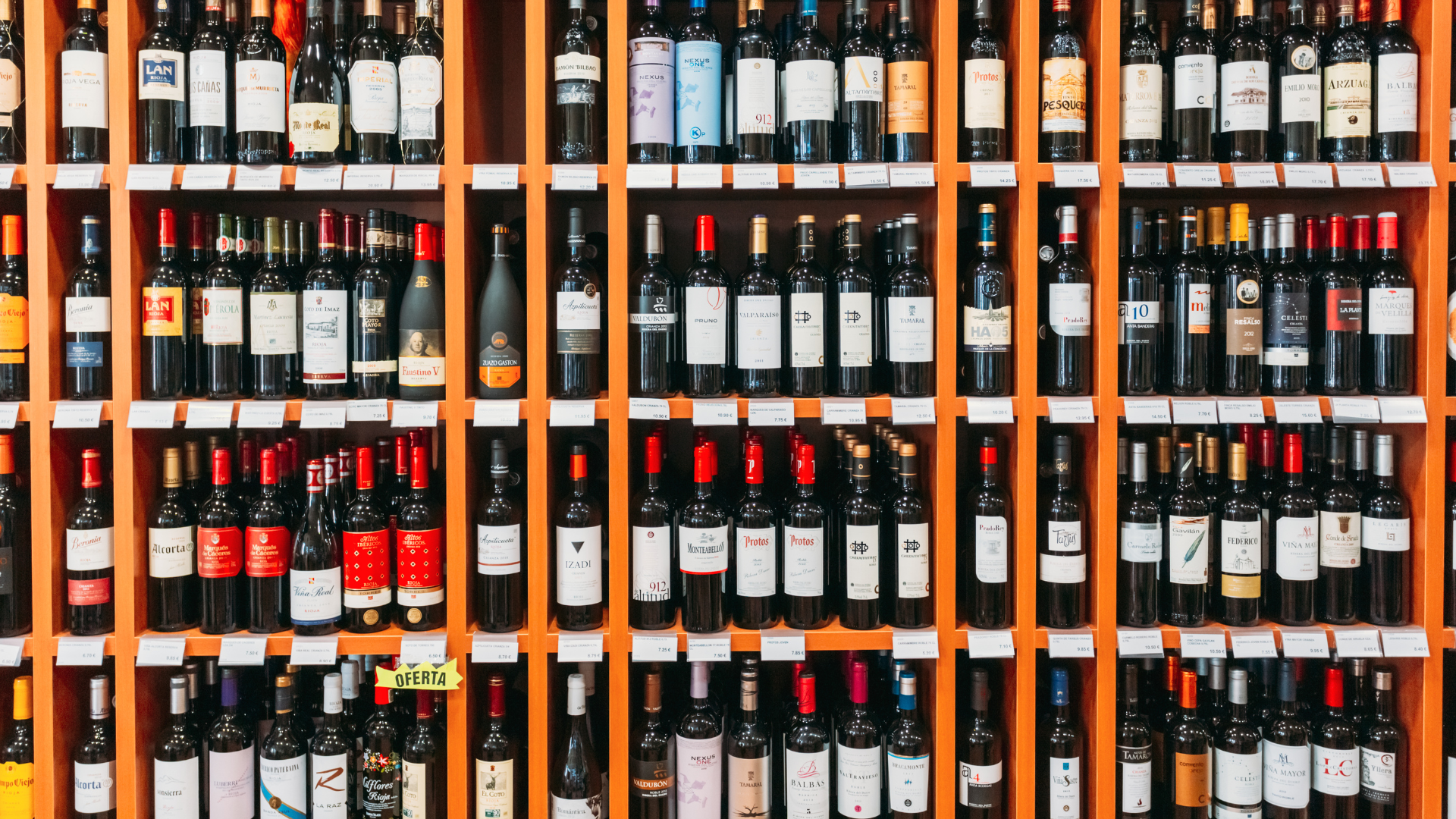Let’s start with a simple truth: there’s no such thing as the perfect wine for every occasion. So much depends on personal taste — what delights one person may not suit another. That said, there are a few helpful guidelines to consider (but don’t take them as strict rules!).
Start with the Occasion
When choosing a wine, always consider why you’re buying it.
For example: the Aperitivo
If you’re heading to an aperitivo, especially in summer, it’s best to go for something light: a sparkling wine or a delicate white, something fresh and easy to drink — nothing too bold or overpowering on the palate. A white aged only in steel or even a rosato (a light red wine that pairs well with fish) are great options. Keep in mind: the evening is long, and you’ll likely continue drinking through dinner. No need to start with a heavy, intense wine.
Food Pairing Matters Too
Besides the occasion, food pairing is key — and here we do have some general guidelines. But let’s break free from rigid stereotypes like:
“Red wine always goes with meat, complex pasta dishes, and aged cheeses,”
or
“White wine is only for fish, vegetables, or light meats.”
Reality is more nuanced.
There are red wines that are light and low in tannins — excellent with lake fish or seafood stews. And there are white wines so structured they work wonderfully with baked pasta dishes or grilled meats (as long as they’re not drowned in rich sauces).
Food and Wine Pairing: Contrast or Harmony?
A good match creates balance — and you can achieve that through contrast or similarity.
Pairing by Contrast
Contrast works best when a dish is rich or fatty. A full-bodied red with high alcohol content might just add heaviness to heaviness. Instead, choose a young red with bright acidity and low tannins. It will cut through the richness, refresh the palate, and keep you wanting another bite.
Pairing by Similarity
Similarity comes into play when a dish leans toward sweetness. In this case, a dry, highly acidic wine could clash. Better to find a wine that shares some of those soft, round characteristics — so the pairing feels smooth and cohesive.
Local Pairings: Trust the Tradition
When in doubt, pair local food with local wine. It’s a classic rule that rarely fails.
Example? Speck (smoked ham from Alto Adige) paired with a Lagrein or a Schiava — both wines from the same region — is simply exceptional.
Final Thoughts
At the end of the day, wine and food should enhance each other, not compete. A great pairing creates harmony, where neither element dominates but each one brings out the best in the other.
So trust your taste, stay curious, and don’t be afraid to experiment — because the perfect pairing is often the one that makes you smile.

